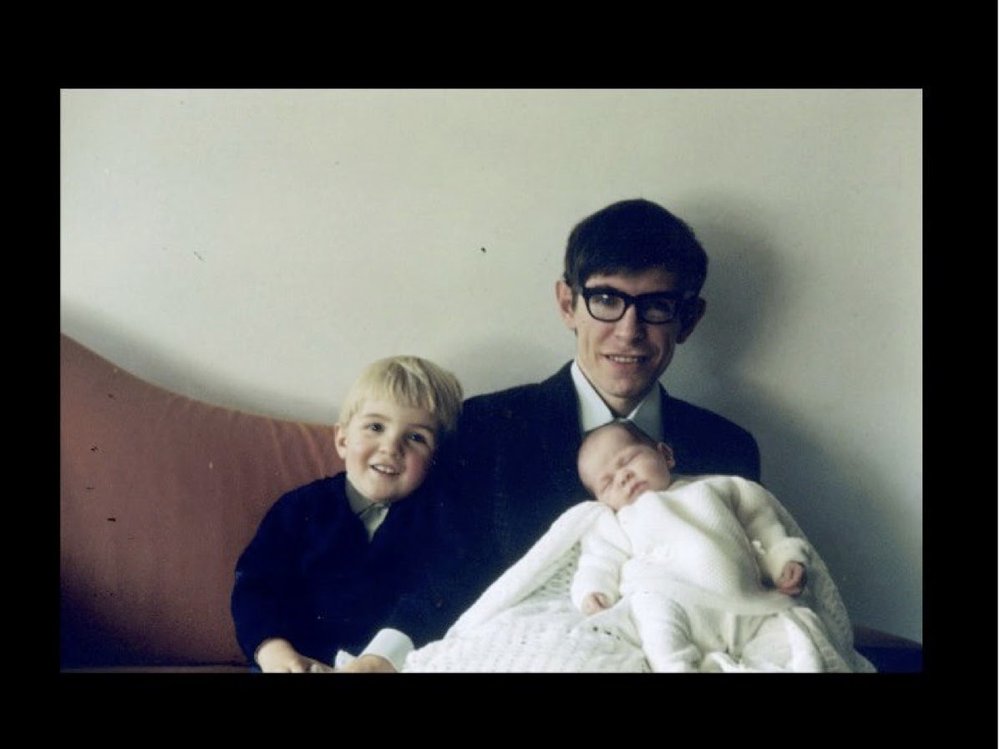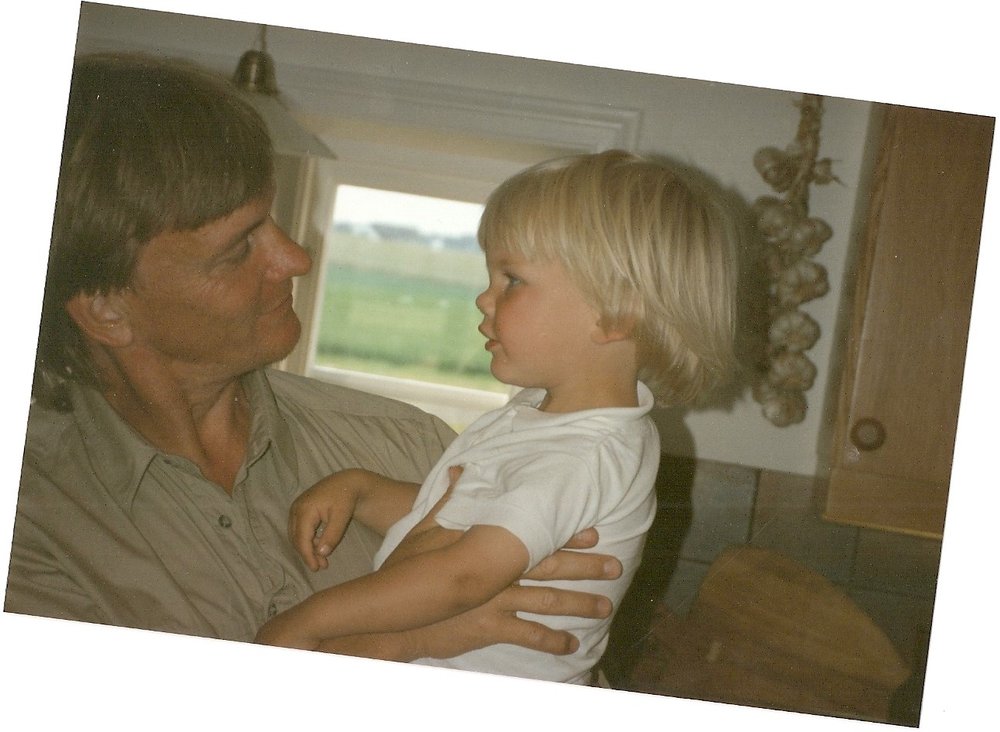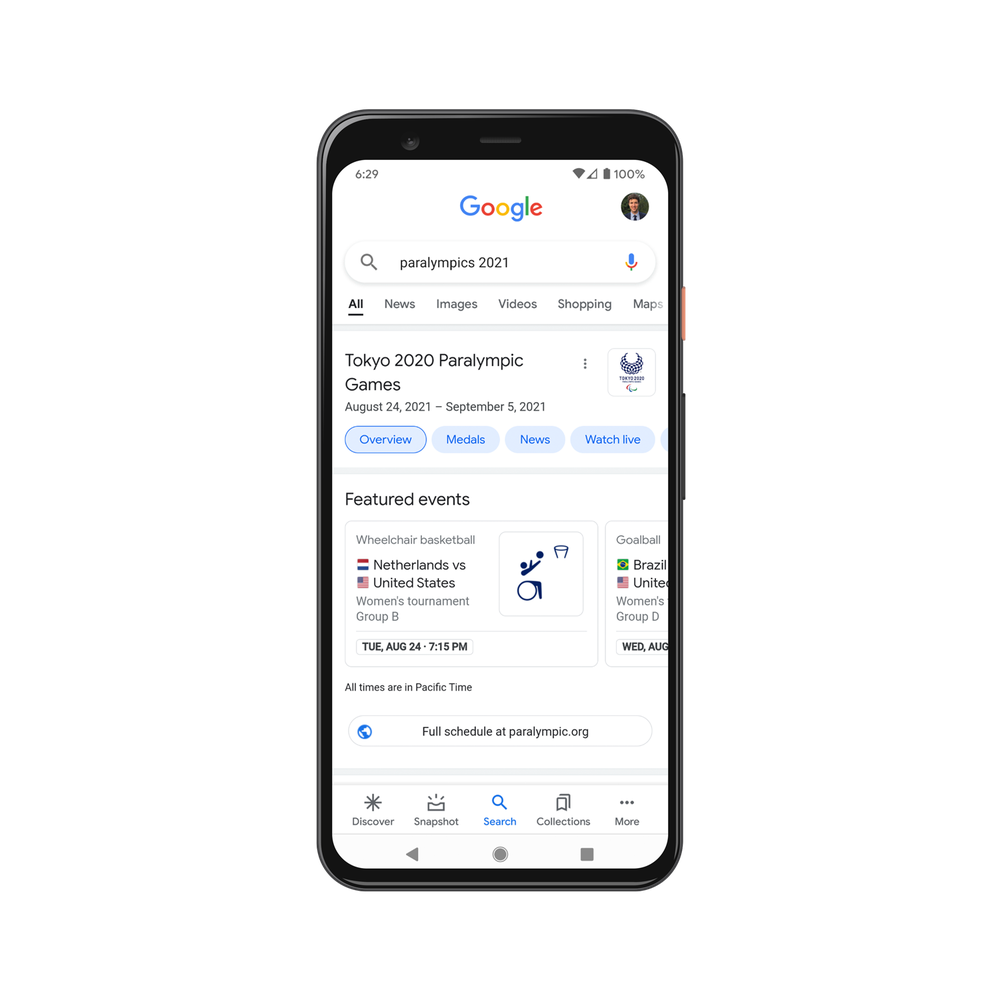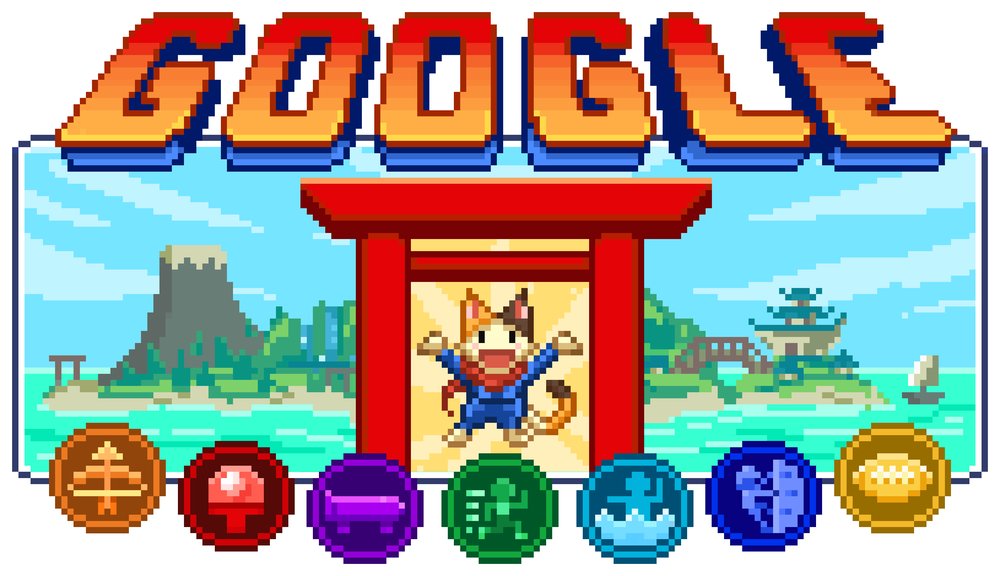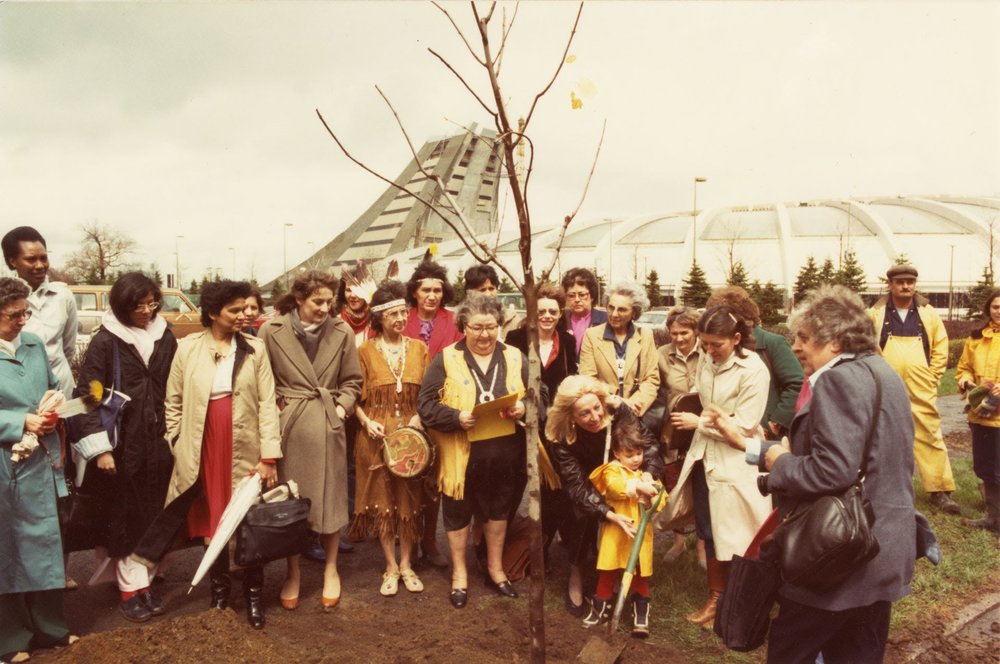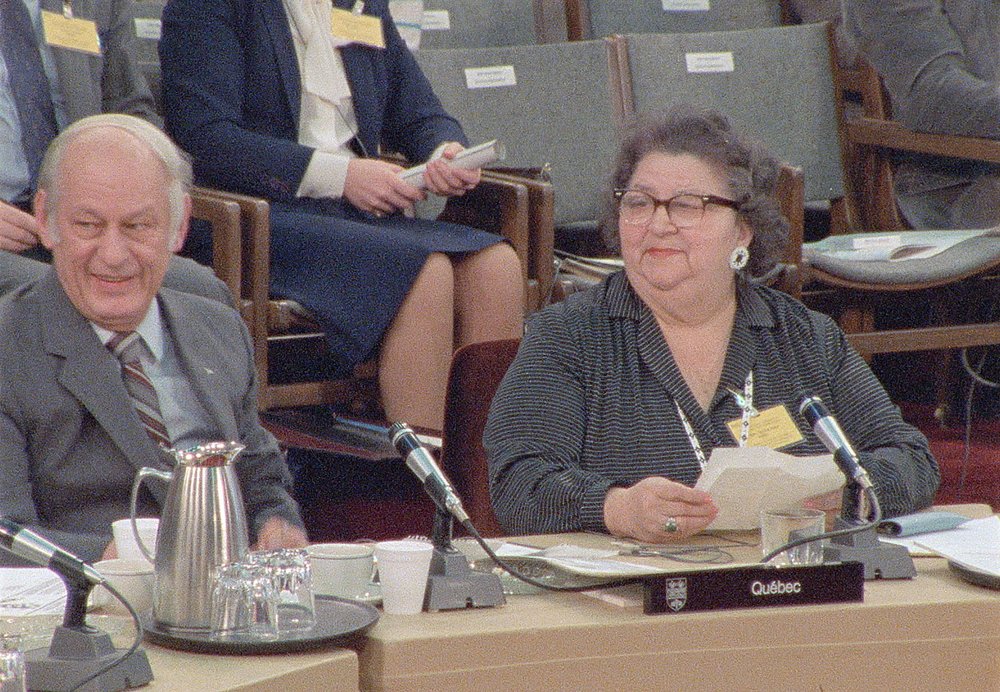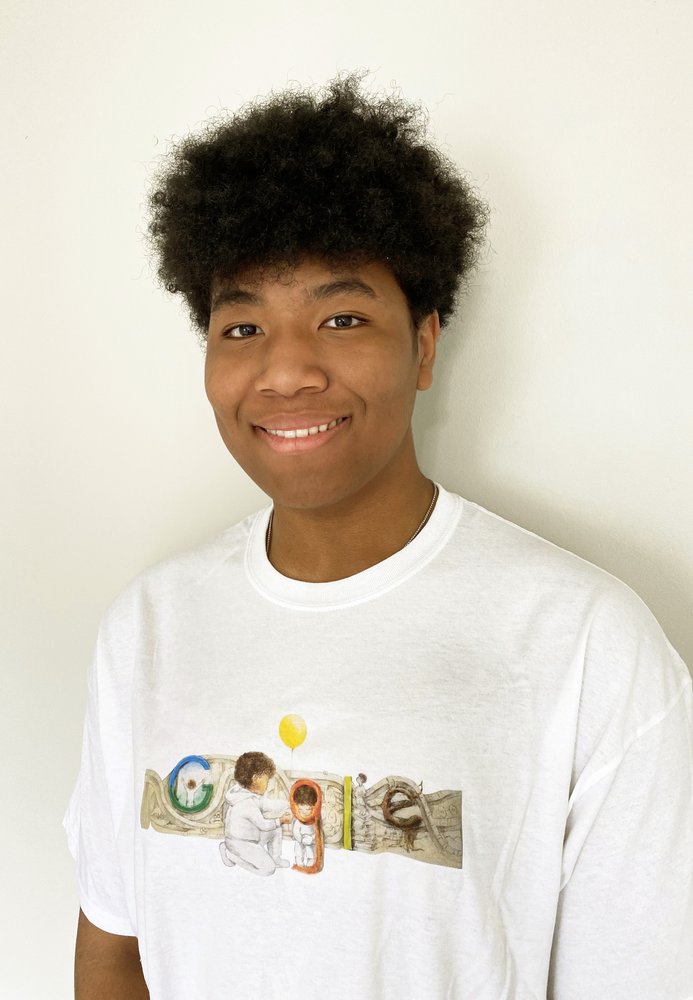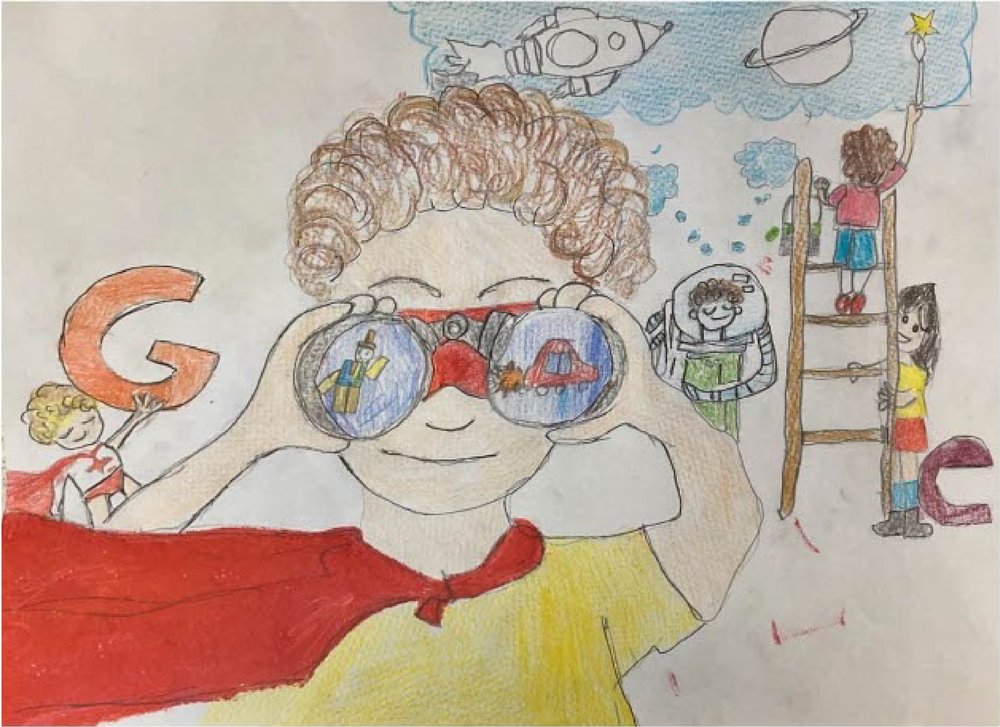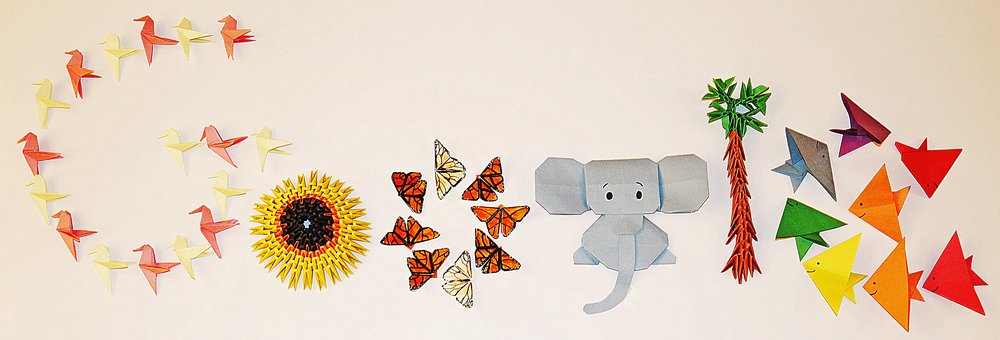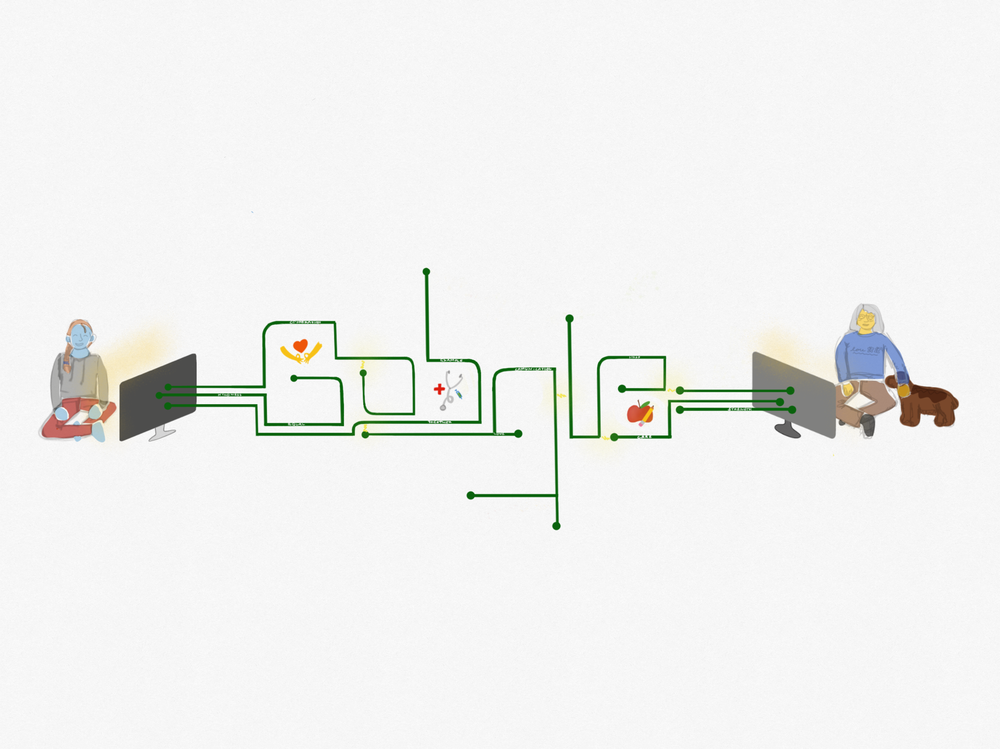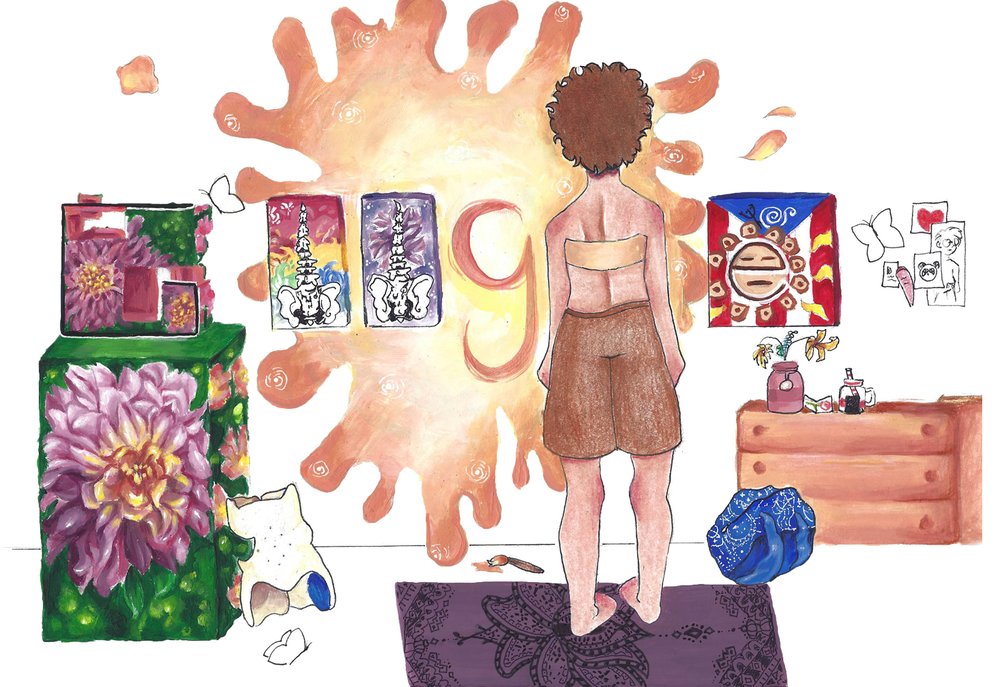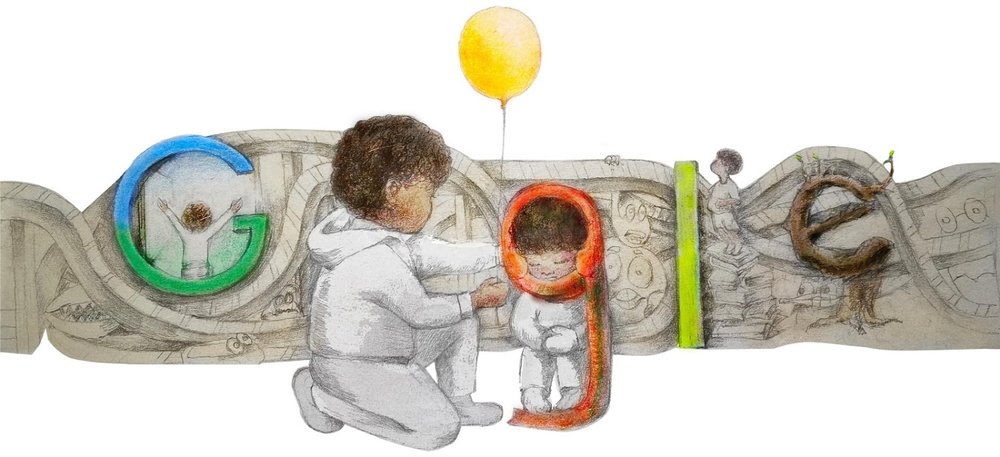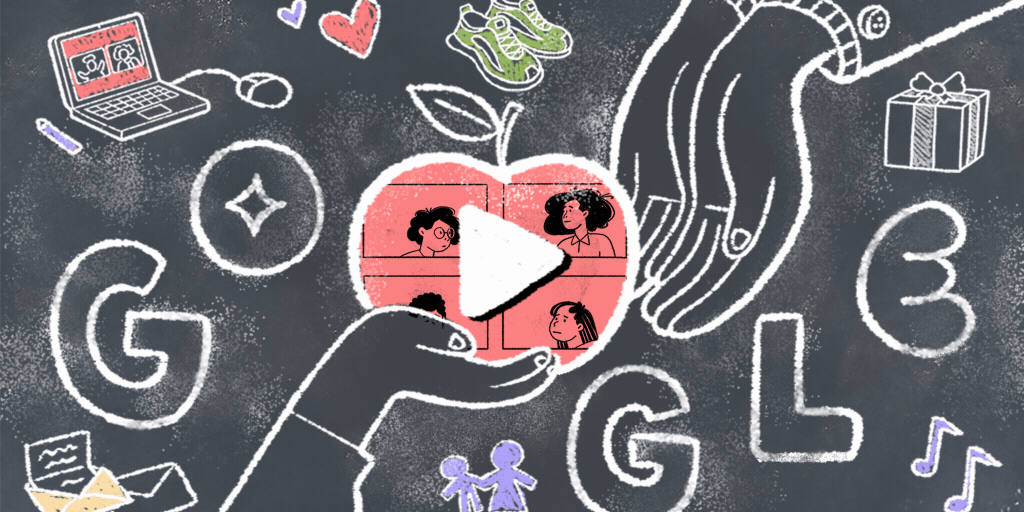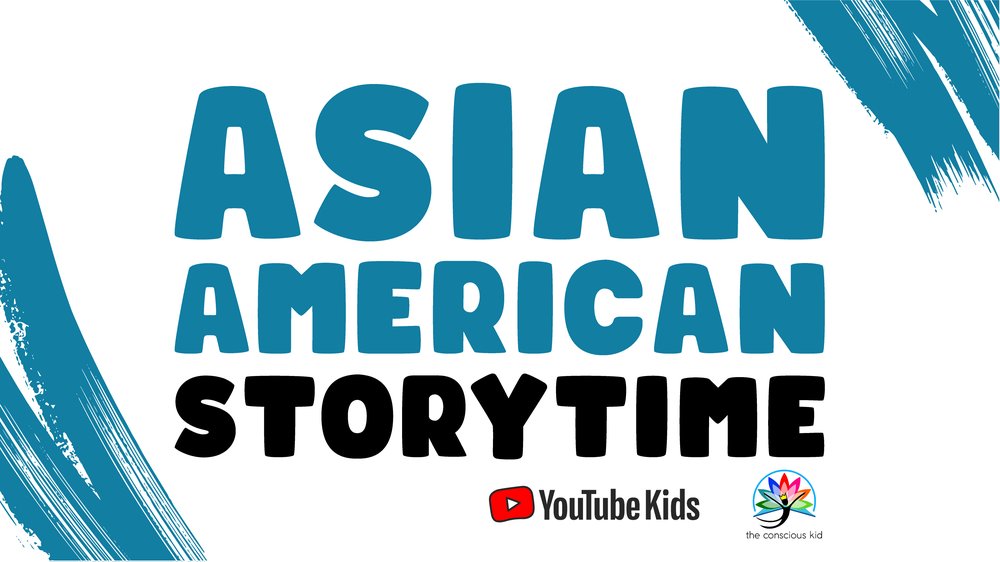Joe Impressions is a graphic designer based in Nairobi, Kenya. In honor of what would have been the 71st birthday of the late professor Okoth Okombo of Nairobi University, Joe served as a local guest artist to create a Google Doodlereflecting Professor Okombo’s contribution and legacy that launched on November 8, 2021. Professor Okombo was one of the founders of the scientific study of sign language in Africa and a distinguished scholar in Nilotic language study. Here, we speak to Joe about using Search in his design process and how curiosity fuels how he works.
Thanks for chatting with us, Joe. So, how does one go from doodling for fun to being a Google Doodle guest artist?
Curiosity has driven my whole creative journey. I grew up doodling Bible stories for children back at home as a child. In high school, I began secretly doodling on the back pages of my school books. That's when I discovered my love for art, so I enjoyed using my free time to doodle for fun.
Afterwards, I went to university and studied a non-art-related course. My mother bought me my first laptop which spurred my interest in creating digital art. This curiosity led me to discover computer software that enabled me to create my own art. Midway, I was tempted to switch courses and study art, but I chose not to. Instead, I decided to utilize my free time every day to practice and learn how to use software such as Adobe Illustrator through online tutorials.
After graduation, I had greatly improved my skills, but then the COVID pandemic started. I went back home and since there wasn't much going on, I had a lot of free time. As remote working became a thing, I slowly started to get freelance jobs and clients from freelance platforms. This gave me valuable experience working with clients on actual real-life projects.
Over time, my online portfolio on Behance (a social media platform for designers) grew, and eventually people noticed me and my work. I was honored when Google approached me to create a Doodle for Professor Okoth Okombo's 71st birthday. This still motivates me to keep moving forward and find new opportunities to expand my skills.
You spoke about ‘curiosity being your guide’ in the creative process. What was your starting point with creating this Doodle?
I start my creative process long before I begin the drawing bit. I am always curiously observing and absorbing the people, art, and world around me to ignite my creativity. As I walk, travel, or dream, I am always ready to be inspired.
Once I have been inspired, I begin the research phase. I begin my research by brainstorming keywords derived from my imagination and feelings. I like to list down keywords and ideas that are easy to search for on Google, such as "lecturer" and "student." Next, I Google Searched the internet for relevant photographs, images, paintings and illustrations in order to get a realistic setting in perspective and composition. Additionally, looking at previous Doodles by other artists helped me form my general expectations. Having a rough idea of what I would like to search for before starting research helps me stay focused.
Having done all this, I felt comfortable to start the sketching phase. I came up with three rough sketches to present to Google for feedback. We selected the best concept based on the feedback. The next step was to refine the sketch into accurate outlines. I usually make my outlines look organic and hand-drawn by varying the stroke width using custom brushes in Adobe Illustrator.
The final stage is the coloring and rendering stage. The colors for this Doodle are inspired by the Kenyan Flag (black, red, green, and white). I save hundreds of nice images that I come across so that I can reference their colors later. I do this to enlarge the library of colors that I use in my work.
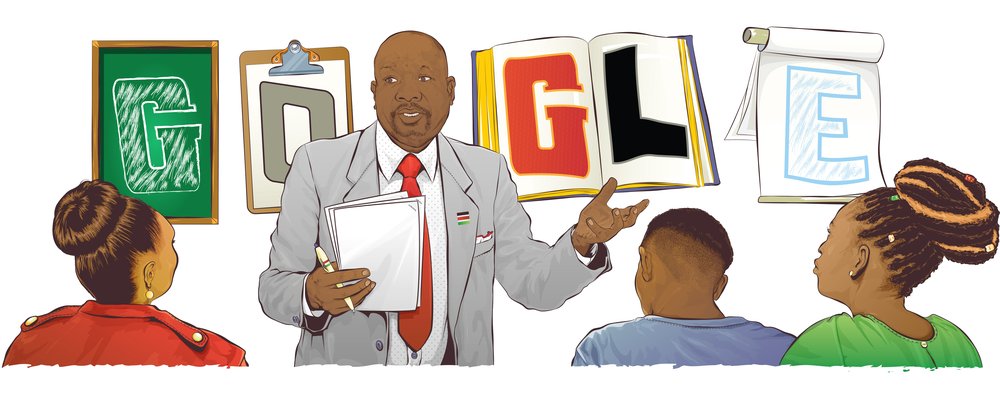
Joe Impressions' Google Doodle honoring the late professor Okoth Okombo.
How do you use Search in your day-to-day life in Kenya? For information, escapism or something else?
Throughout my journey, Search has been like a giant key that I use to unlock doors of information. Every day, Search makes it effortless to access a vast amount of information for free. I started out illustrating by searching for art tutorials on my phone and laptop using school Wi-Fi. Many college and university students are dependent on search to complete assignments and do research.
These days, I use Search more than ever. I search daily for everything, like resources, entertainment, and ways to connect with others and keep myself informed. With the current increasing internet penetration rate, the search continues to provide young Kenyan creatives with resources that could have been inaccessible before. Search is contributing to the rising access to online jobs as the source of work opportunities is shifting to digital platforms.
Any advice for aspiring Doodle artists out there?
The best way for aspiring Doodle artists to improve their craft is to stay inspired, be consistent, and do lots of practice. The creative process is often cloudy, filled with doubts and revisions. Keep hunting down those elusive ideas every day. You will eventually find them, and people will start to notice you and your work.
Don’t let insufficient resources stop you from following your dreams. Use everything you have at your disposal to learn, and it will pay off in the long run.
What does the Google Doodle mean to you?
This Doodle gave me a massive chance to fuse my illustration skills, former university experiences, and the inspiration that I got from other Google Doodles. All my previous interactions with other Doodles left me with a piece of information that I did not know before. It was my moment to celebrate Professor Okoth Okombo by showing my vision of what I imagined Professor Okoth Okombo’s lectures would feel like.
Moreover, my mom, now a lecturer, was once Professor Okoth Okombo's student at the University of Nairobi. That makes this Doodle very meaningful to me.

